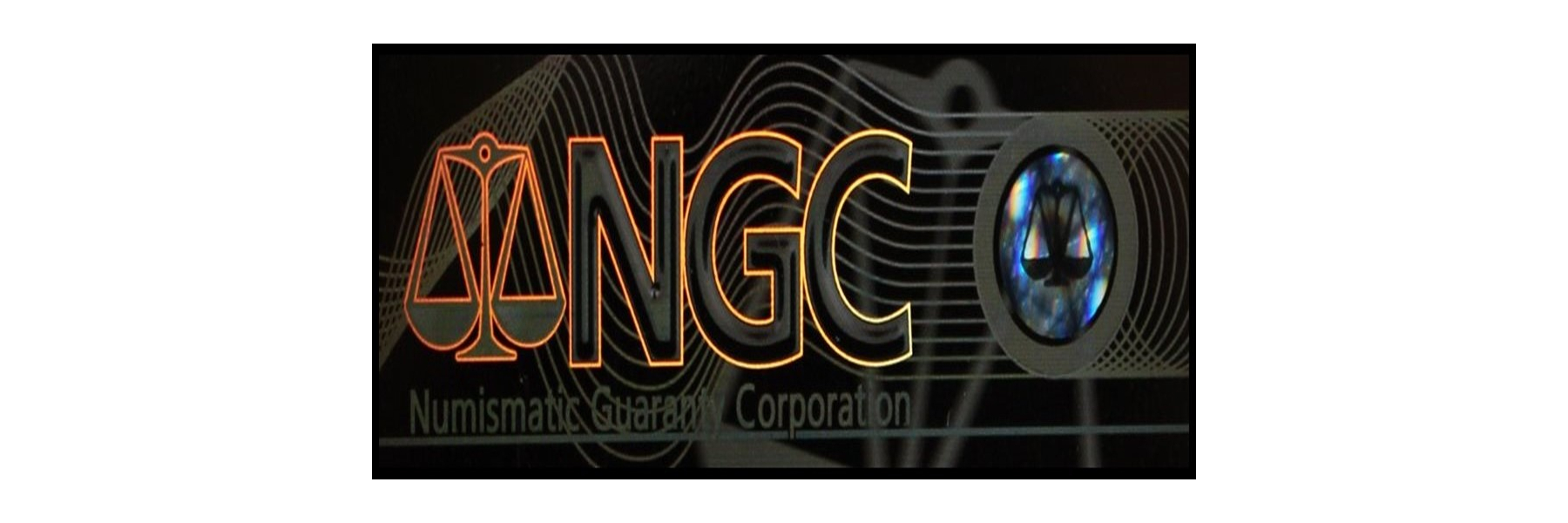Coin collecting can be an thrilling hobby, offering a captivating glimpse into history and craftsmanship. For many collectors, the joy lies not just in building a set of coins, but in uncovering those rare American coins that can be worth far greater than their nominal value. From the shine of a rare 1909-S V.D.B. ngc certified coins to the impressive details of a 1921 Peace dollar, the treasure hunt is as exciting as it is informative.
Knowing how to recognize these valuable coins in your pocket can open up a world of possibilities for collectors, from novices to experienced collectors. Whether you have a few of coins inherited from relatives or you casually pick up loose change, what to search for is key to identifying rare finds that could augment your collection. In this guide, we will explore the key tips and tricks to help you spot rare U.S. coins that might be hiding in view.
Understanding Uncommon U.S. Coins

In the realm of collecting uncommon U.S. coins, it is vital to grasp the factors that lead to a coin's scarcity. Rarity can stem from several aspects including low mintage, historical significance, or unique errors that make certain coins notable. For example, coins that were produced in limited quantities or are no longer minted frequently catch the eye from collectors and investors alike. Recognizing these key characteristics can assist you find potential treasures in your own pocket change.
Another crucial element in identifying uncommon coins is being aware of the varieties and dates that are considered coveted. Certain years are notorious for producing coins that are highly sought after, such as the 1909-S V.D.B. Lincoln penny or the 1955 double die penny. Getting to know these specific dates and the special characteristics of each coin can greatly boost your ability to spot rarity. Coin guides and catalogs can be extremely useful resources to determine and verify the rarity of individual coins.
Quality also plays a major role in determining a coin's rarity and value. Coins are graded on a scale, and a coin in excellent condition will naturally be of higher value than one that is significantly impaired. Comprehending grading systems will equip you to evaluate the coins you find. Factors such as luster, surface quality, and the presence of marks will determine how rare a coin is considered, making it essential for any collector to understand how to evaluate these aspects carefully.
Finding Worthwhile Money in General Use
While looking for uncommon U.S. money, it's crucial to understand what to look for. Numerous collectors identify rare coins that are still in common use due to their specific traits, such as production marks, rarity due to few minted, or flaws during production. For instance, coins issued in specific years when production was low can often hold high value. Learning to identify these years and the associated coins can boost your likelihood of finding a valuable piece.
State plays a crucial role in the assessment of a currency. A coin may be valuable, but if it is significantly degraded, its value can be greatly reduced. It's important to judge the condition by reviewing the coin's outer layer for scratches, dings, or excessive wear. Look for coins that still have clear details and features, as these are likely to be worth more. You might use a loupe to study the coin closely.
Another factor to keep in mind is the desirability for specific coins among collectors. Research which currently sought after in the market. Some coins may have a strong following despite being not particularly rare, while others may be rare but not as valuable. Engaging with online forums or participating in a coin-collecting club can provide important information into recent developments and interests, helping you improve your quest for rare U.S. money hidden in your loose coins.
Tips for Building Your Rare Coin Collection
Establishing a rare coin collection demands both patience and strategy. Start by educating yourself about the kinds of rare U.S. coins and their distinct characteristics. Get acquainted with important dates, mint marks, and notable variations that can boost a coin's value. Participating in coin collecting clubs or visiting coin shows can give valuable insights and connections with seasoned collectors who can offer their expertise and experiences.
As you kick off your collection, prioritize quality over quantity. It is better to invest in fewer, high-quality rare coins than to gather numerous coins of lower value. Look for coins in good condition, as aspects like minting errors, historical significance, and rarity heavily influence their worth. Verify the provenance of the coins you purchase, and think about seeking the assistance of a reputable numismatist to aid authenticate your finds.
Lastly, keep careful records of your collection. Document each coin's purchase details, such as the date, cost, and any pertinent notes on its condition or rarity. This practice not only helps you organize an organized collection but also helps in assessing the overall value of your holdings over time. Consistently review your collection to adjust your goals and make educated decisions about future acquisitions or transactions.
